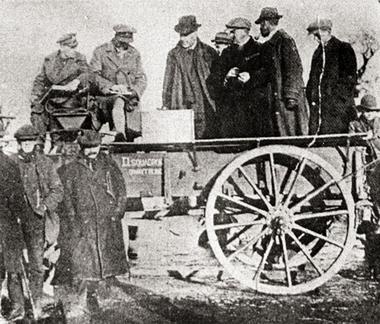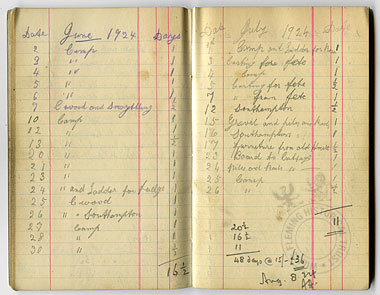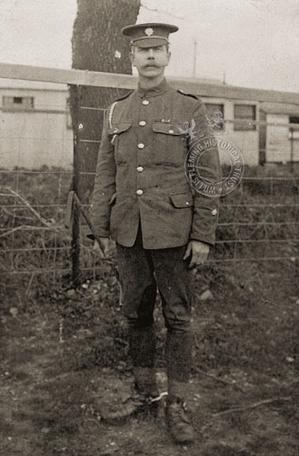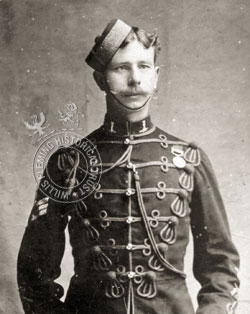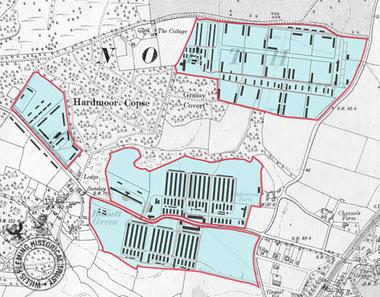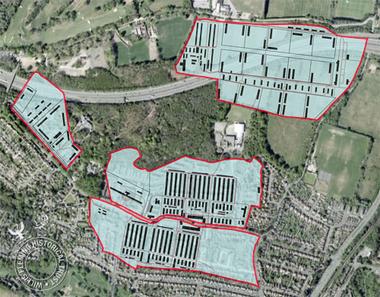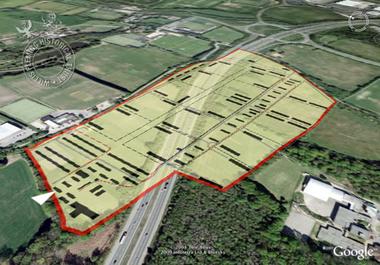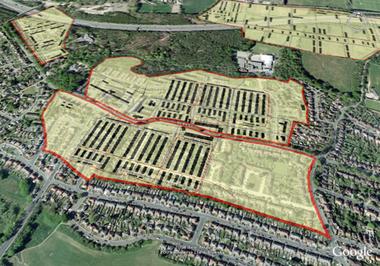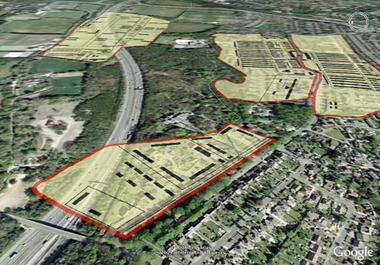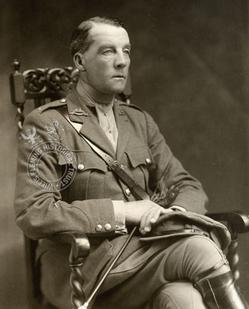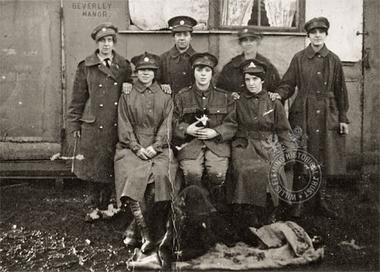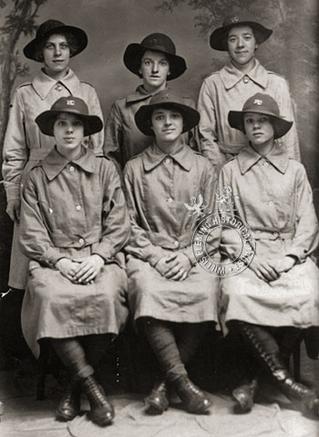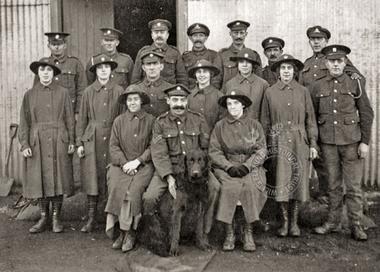In January 1919 - as at Remount Depots across the country - the horses at Swaythling were offerered for sale to the public. The photograph shows the auctioneer Mr Stiles King, of Walter & King. The cart is marked 'D. Squadron / Swaythling'.
The accounts of the Fleming Estate show that in 1921, substantial compensation was received from the War Department: #11,500 (about #406,000 at 2007 prices).
Willis Fleming Historical Trust, WFHT 70
The Estate also received payment for materials removed from the site, for instance #300 for the sale of concrete to Osmond & Co.
Willis Fleming Historical Trust, WFHT 70
A small part of the compensation monies (#100) was donated to North Stoneham Church.
Willis Fleming Historical Trust, WFHT 63
Meanwhile the site of the Remount Depot still had to be returned to pasture. The tenant farmer Theodore Theoliphus Green was paid for undertaking this work - over several years. Harry Clifford, the Estate carter, was employed carting away the materials. This process wasn't completed until 1927, by which time Green and Clifford's costs to the Estate had amounted to #3875.
Willis Fleming Historical Trust, WFHT 63
Willis Fleming Historical Trust, WFHT 70
Harry Clifford's personal fieldbook for the years 1922-27 survives, and records the days spent at the vanishing camp, interspersed with other work on the Estate.
Willis Fleming Historical Trust, WFHT 84
In 1932, the site was used for the Royal Show, obliterating all traces of the Depot.











